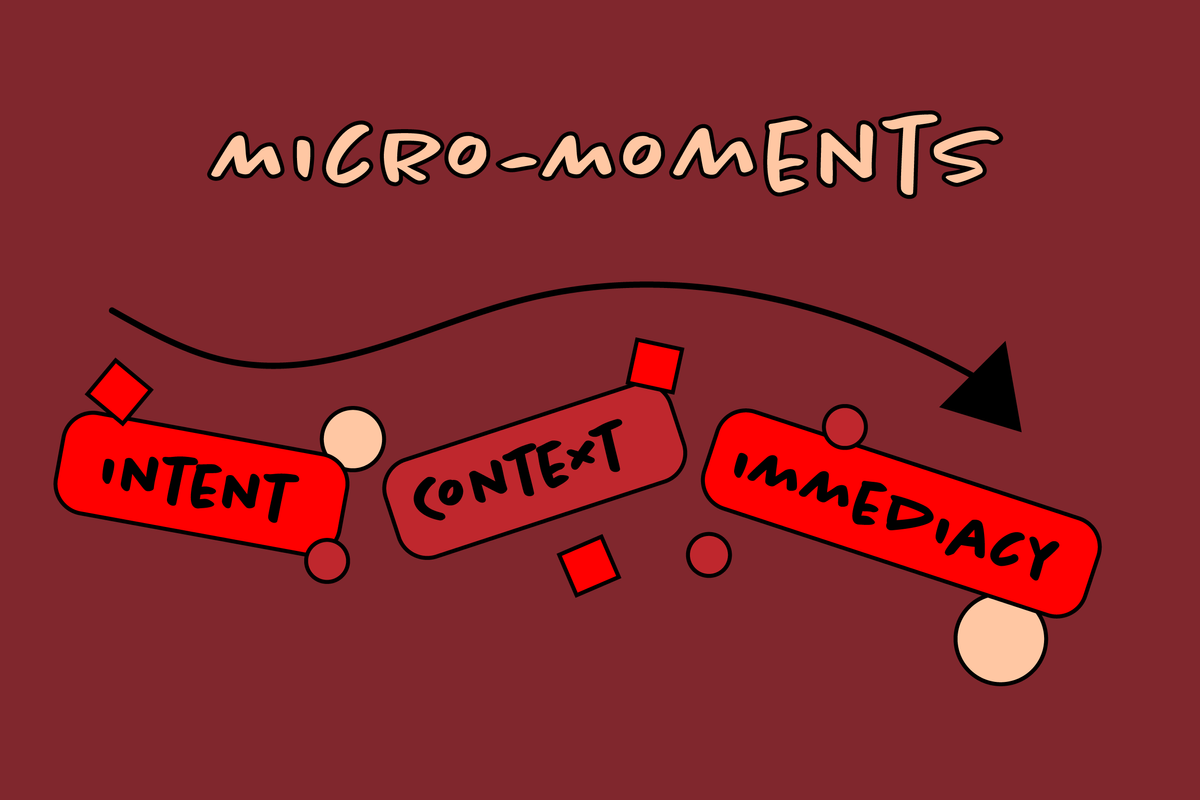Micro-moments, simply put, are the little things that lead us to something larger. In 2015, Google applied a name to a common behavior in order to analyze and provide insights into consumer choices.
Specifically, micro-moments are the behaviors of mobile users as they attempt to solve a problem or answer a question, in an instant, using a mobile device. Often referred to as: know, go, do, and buy, micro-moments are based on our reliance on our mobile devices to inform our decisions.
When we want to know something, such as, “what is my IP,” which also happens to be the most asked Google question, or “where's my refund,” “how to tie a tie,” or “where can I buy a pizza?” We expect our device to provide the answer, and fast.
The reason these are important moments from a marketing perspective, is in order to capitalize on them, businesses need to be there to provide the answers.
Data
To include micro-moments as part of your strategy, first and foremost, pay attention to trends and search data. This is your information about what users are looking for, asking about, and seeking clarification on. Armed with this knowledge, your brand can meet these needs by crafting content with responses to the most sought after questions.
Whether your company uses Google analytics, or a paid provider, it pays to understand what you are analyzing. Check out this beginner’s guide if you need a reminder of what you are looking for.
Content
Traditionally, marketing will develop content first, and then wait for engagement. Instead, tailor the message in your content based on where the consumer is at in their customer journey. This means targeting small moments in the lives of your audience. Think about the little moments that present themselves.
For example, consider Nestle Waters. When a customer is in the research phase, they will receive information from Nestle about the benefits of the product during a search. When in the purchasing phase, the messaging they receive will be leading directly to Nestle’s site to purchase the product.
Think about offering comparison reviews and videos of a product your customer is researching. This information may propel them to the next phase of purchasing.
Personalization
Providing content that is personalized can further your reach. Again, data offers the insights needed to tailor those offers. For example, when you discover customers are searching for sparkling water 50% more than the previous year, you can offer discounts for home delivery.
Location also plays a role in personalizing. By using location-based targeting you can reach customers that are in close proximity to your business. Then, offer personalized discounts and member deals when they make a purchase.
Social
Don’t forget your social media accounts. By closely monitoring your accounts whenever your customers ask questions and leave comments, your opportunity to meet them at the moment of decision is amplified. When you receive a question about an in-stock item or where your nearest location is, your rapid response can seal the deal.
If it just isn’t possible to be available 24/7, employ a chatbot so that no questions go unanswered.
By considering the intent of your audience, and where they are at, you have the power to provide them with immediate satisfaction.
If your brand is prioritizing how your audience is looking for answers, your search engine optimization, across all platforms, while paying attention to providing a tailored customer experience, you are checking all the boxes for meeting them during those micro-moments.



